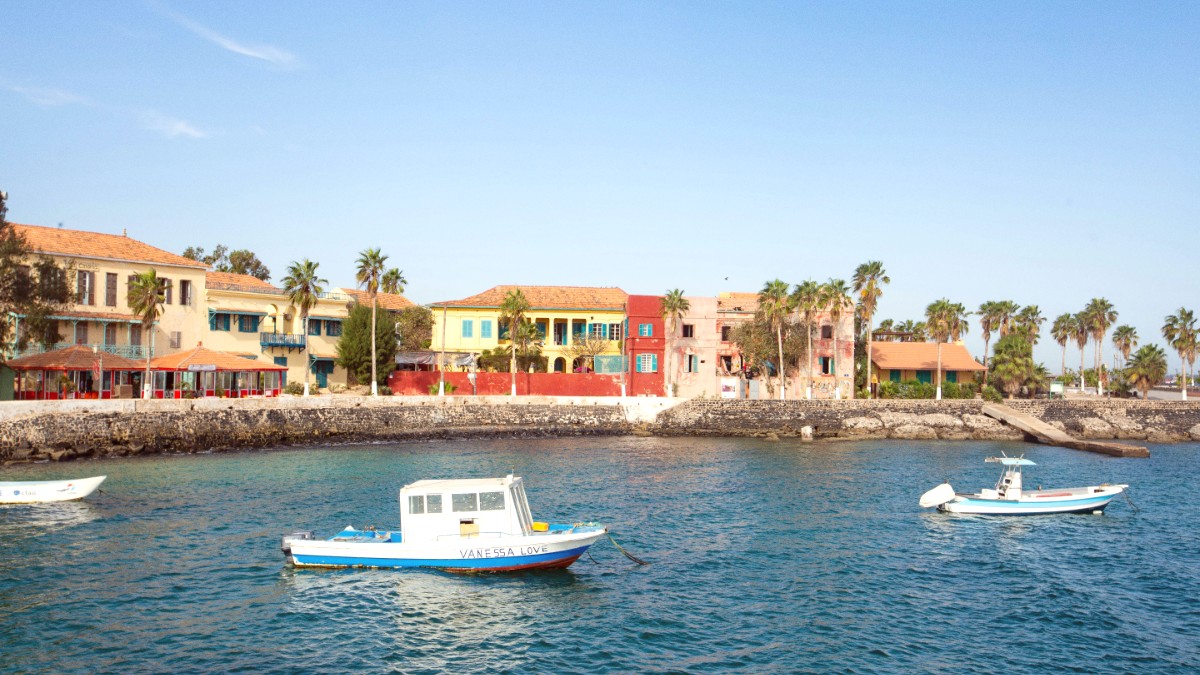
Senegal
Dakar's public transportation system provides an immersive and often lively way to experience the city. While it can be crowded, it offers a cost-effective method of travel. It's a blend of informal and official services.
Car Rapides & Ndiaga Ndiayes: These iconic, brightly painted, privately-operated minibuses display Dakar's informal transport system. They are often overloaded, play loud music, and are a true cultural experience. "Ndiaga Ndiayes" are slightly larger, more recent versions. They follow fixed routes, flagged down anywhere. Fares are very cheap (XOF 200-500). Not for comfort or easy navigation, especially with luggage, but for an authentic, budget-friendly adventure.
Buses generally run from early morning (6:00 AM) until late evening (9:00 PM-10:00 PM). Frequency varies, with crowded peak hours. TER runs on a fixed schedule, frequently during peak times.
Public transportation in Dakar is generally not accessible for travelers with mobility challenges. Buses and minibuses have steps, and stations lack ramps or accessibility features. Private vehicle transfers are usually the best option.
Do not hesitate to ask locals for directions. Download offline maps on Google Maps. Be prepared for crowds, especially during rush hour. Keep valuables secure in crowded transport. A Smartphone with maps is a valuable tool.
Yango and Heetch are the most popular ride-sharing apps.
They quote fixed prices upfront, avoiding negotiation.
Trips are GPS tracked; driver/vehicle info is in-app.
Pay with cash or link a credit card via the app.
While car rentals are available, their practicality in Dakar's dense urban environment is limited for most tourists. Other rental options are less common or recommended.
Plateau (downtown) is relatively walkable. Gorée Island is entirely car-free and ideal for exploration. Ngor Island is small and easily explored on foot.
Several operators offer guided walking tours for historical areas like Plateau and Gorée Island. Self-guided tours are possible with offline maps.
Limited dedicated bicycle infrastructure. Cycling in Dakar's dense, chaotic traffic is not safe or recommended for tourists.
Beyond standard options, Dakar offers unique local transport experiences and services for specific needs.
Cost: XOF 200-500. Pros: Very cheap, authentic. Cons: Crowded, uncomfortable, confusing routes.
Best for budget & local immersion.
Cost: XOF 200-500. Pros: Cheap, designated stops, more organized. Cons: Can be crowded, limited accessibility.
Good for organized city travel.
Cost: XOF 500-1500+. Pros: Fast, air-conditioned, avoids traffic. Cons: Limited route coverage currently.
Speedy travel along specific corridors.
Dakar's transport system is and varied. Choose the option that fits your comfort, budget, and adventure level.
Embrace the local rhythm, and you'll discover the city's charm with every journey.